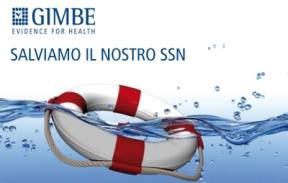All news by respiratory system pathologies
Air pollution exposure, bronchiolitis and asthma: the role of nasal microRNAs
The authors suggest the possible mediator role of nasal airway microRNA in the air pollution-asthma link among infants with severe bronchiolitis.

Infants with severe bronchiolitis who get exposed to higher levels of air pollution have a higher risk to develop asthma than those exposed to lower levels of air pollution.
Research reported nasal airway epigenetic changes in response to air pollution exposure.
Both RNA- and non-RNA-based epigenetic mechanisms (e.g., microRNA post-transcriptional regulation, DNA methylation, and histone modification) are implicated in the pathogenesis of both bronchiolitis and asthma.
Nasal airway microRNAs may be used both as biomarkers and preventive targets for childhood asthma in this large and high-risk population.
For example a recent study shows that, in response to air particulate matter there is enhanced immune-related microRNA expression (miR-19a and miR-614) in nasal epithelial cells.
In vivo mouse data show that dysregulation of upper airway microRNA expression plays a determining role in normal lung development, implying that early-life upper airway microRNA dysregulation may have long-term respiratory sequela.
In addition to RNA-based epigenetic mechanisms, epigenome-wide association studies (EWAS) show that, in response to air pollution exposure, there is up- or downregulation in the methylation of genes involved in allergic inflammatory processes in nasal epithelial cells.
Other factors—such as diet, obesity, microbial exposures (microbiome), allergic sensitization, and viral respiratory infections—are associated with both nasal airway microRNA regulation and asthma development. For example, when compared to infants with respiratory syncytial virus infection, those infants with rhinovirus-induced bronchiolitis have differentially expressed microRNAs.
The authors suggest the possible mediator role of nasal airway microRNA in the air pollution-asthma link among infants with severe bronchiolitis. This hypothesis is supported by preliminary evidence and merits further investigation to confirm these data and to better define the role of nasal microRNAs.
BIBLIOGRAPHY
Makrinioti, et al. Air pollution, bronchiolitis, and asthma: the role of nasal microRNAs. Lancet Respir Med. 2022 Aug;10(8):733-734. doi: 10.1016/S2213-2600(22)00133-3.






